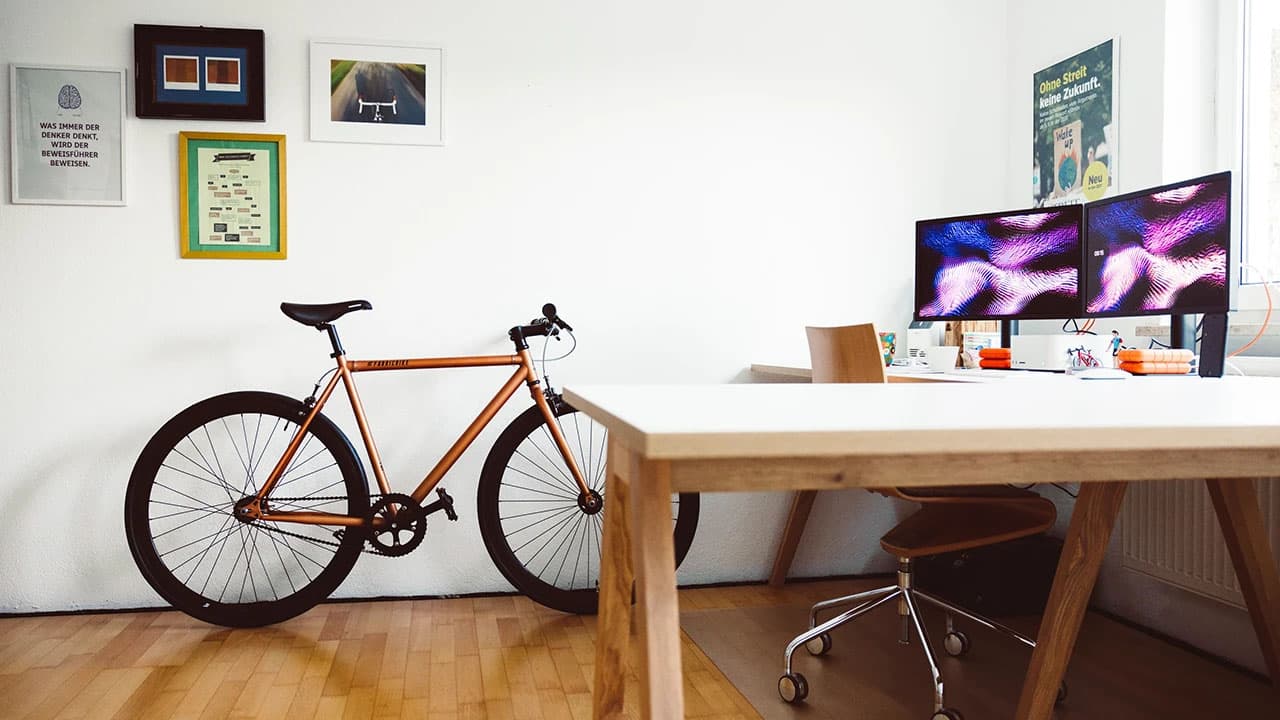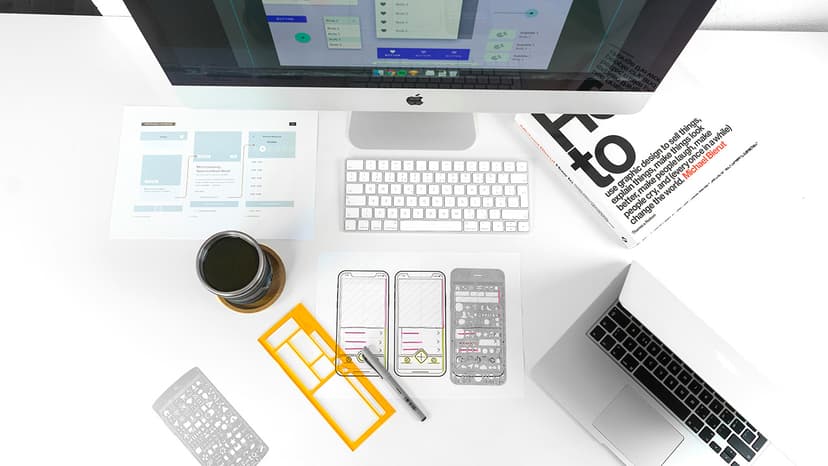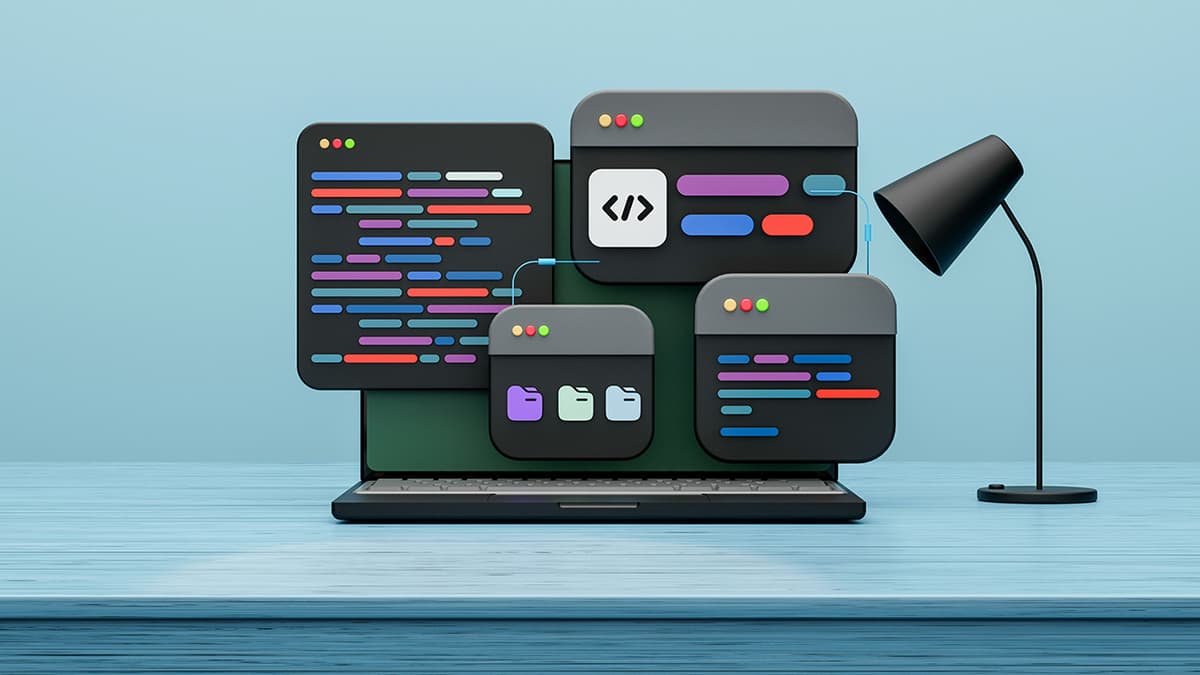Product Design Process: A Comprehensive Guide
Product design is crucial for developing successful products that meet user needs and solve specific problems in the market. This process involves creating, iterating, and optimizing products to achieve a balance between user experience and business objectives. This article explores the key elements and steps in the product design process.
What is Product Design?
Product design is the process of creating products that solve users' problems or address specific needs in the market. Success in product design depends on understanding the end-user and creating a product that meets their requirements and preferences.
Key Elements of Product Design
Successful product design incorporates various key elements, including research, ideation, prototyping, and testing. Here are ten essential steps in the product design process:
- Brainstorming: Generate ideas and concepts based on customer needs and market trends.
- Defining the Product: Clarify the product's purpose, target audience, and core features through documentation and analysis.
- Conducting User Research: Understand user behavior, preferences, and pain points to design user-centric products.
- Sketching: Visually represent ideas to explore design possibilities and iterate on concepts.
- Prototyping: Create interactive models that simulate the product's functionality to gather feedback and validate design decisions.
- Compiling Specifications: Define detailed specifications to ensure clear communication among designers, development teams, and stakeholders.
- Producing Factory Samples: Create production-ready samples for testing and refinement if physical manufacturing is required.
- Testing and Evaluation: Gather feedback through internal testing and user input to identify flaws or improvements.
- Refining and Iterating: Use feedback to enhance the design until it reaches its optimal state.
- Product Launch and Market Monitoring: Launch the product and monitor its performance in the market to gather insights for future iterations.
Following these steps ensures a systematic approach to product design that maximizes user satisfaction and business success.
The Design Thinking Process in Product Design
What is the design thinking process? This framework fosters user-centered innovation and design. It involves the following stages:
- Empathize: Conduct user research to understand the needs and pain points of end-users.
- Define: Identify and define the problem or opportunity based on insights from the empathize stage.
- Ideate: Generate a wide range of possible solutions through brainstorming.
- Prototype: Create quick prototypes to visualize and test ideas.
- Test: Obtain feedback by testing prototypes with end-users to validate design decisions.
- Implement: Transform the validated design into a fully functional product, considering feasibility and business viability.
The design thinking process enables designers to understand users deeply, encourages creative problem-solving, and facilitates iterative design refinement based on feedback.












